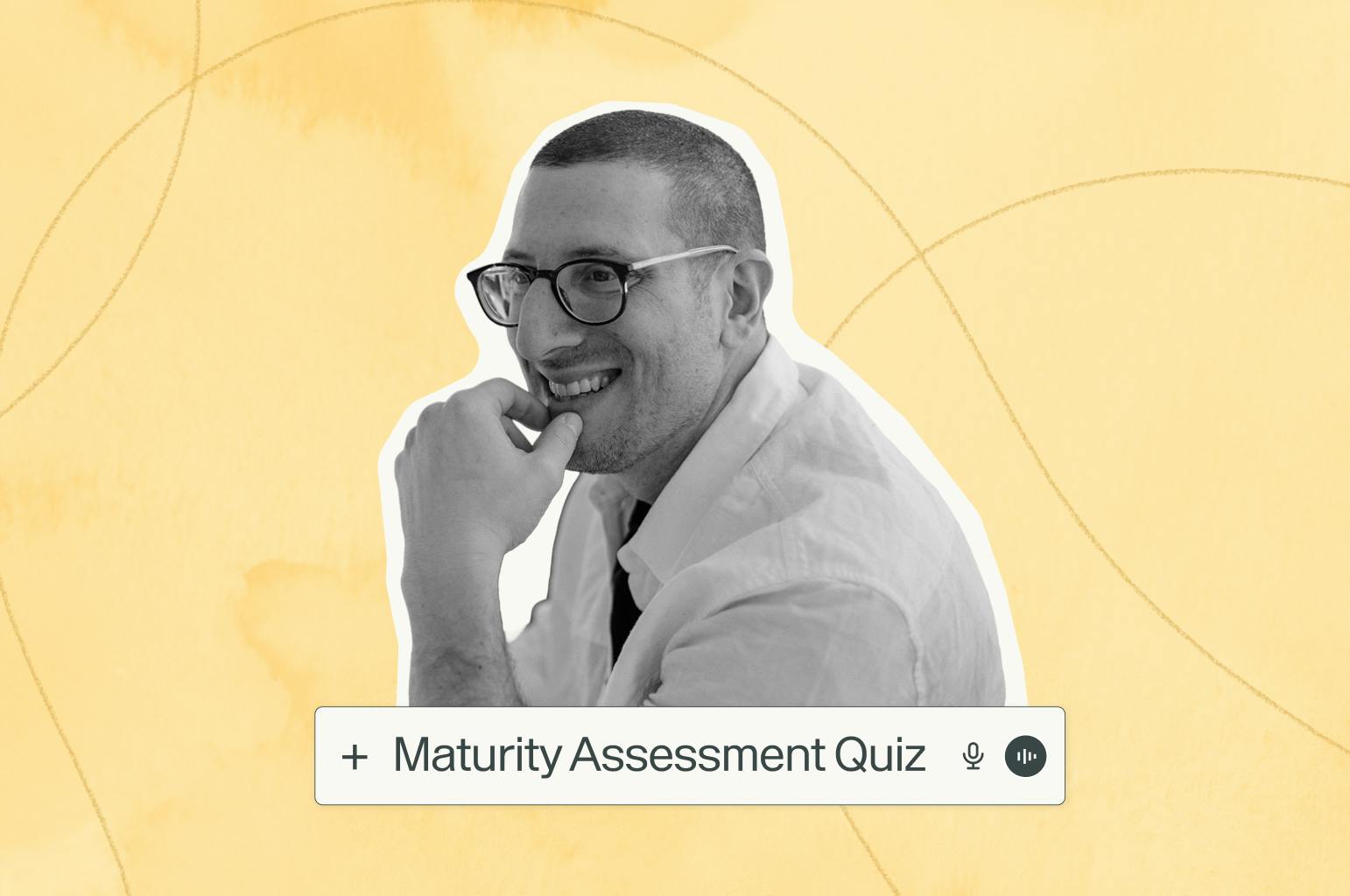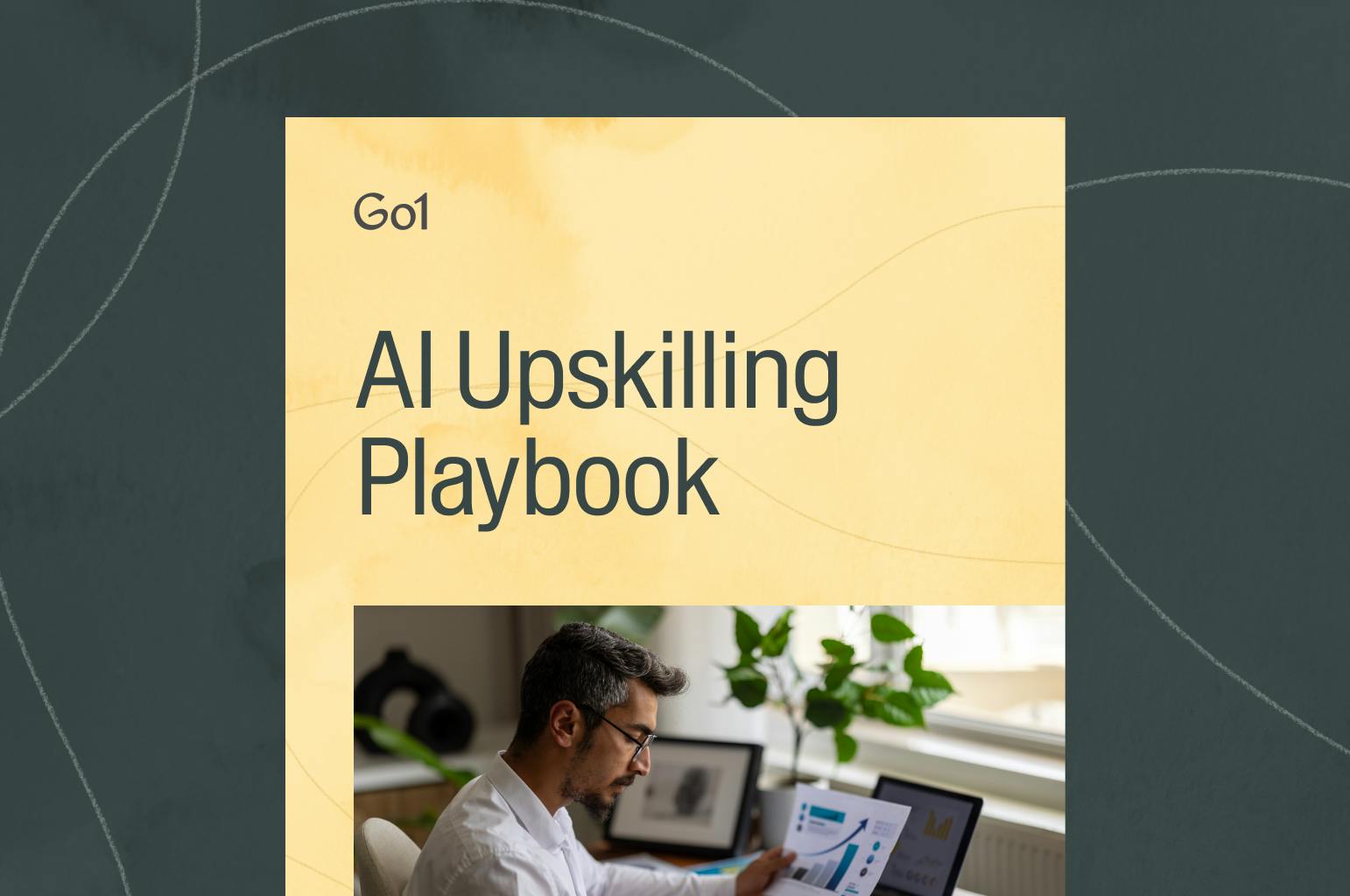How to deal with difficult people

Dealing with difficult people is an unfortunate yet unavoidable part of life. It would be fantastic if we got along with everyone we met. However, sadly, this isn’t realistic. Whether we like it or not, most of us have probably encountered a colleague, manager, or classmate with whom we struggle to get along. Managing our responses to these difficult situations can be challenging, particularly if we have to interact with that person regularly.
Thankfully, dealing with difficult people is a skill that can be mastered. Like most things in life, you can mitigate the power these 'difficult' people have over you. With a few simple strategies, you can work more effectively with difficult people and find resolution and harmony in the workplace, at home, and in other interpersonal relationships.
In some cases, so-called ‘difficult people’ may not even realise their effects on others — what’s annoying to one person is commonplace to another. As such, it’s vital to approach any situation with care, understanding, and a high degree of empathy and emotional intelligence.
We’ll start by asking why some people are more difficult than others, before looking at how you should approach a difficult person, and offering concrete strategies for dealing with difficult situations.
Why are some people more difficult than others?
As social creatures with diverse backgrounds, interests, opinions, and personalities, human beings can't maintain good relationships with everyone they meet. It is a simple fact of life that not everyone will like you, and you will not like everyone you meet. Inevitably, some individuals will experience personality clashes that lead to stress, worry, and anxiety. With others, you just won’t see eye-to-eye, no matter how hard you try.
As such, dealing with difficult people is unavoidable, especially in a large workplace. Respectfully managing and resolving these clashes when they arise is vital.
Three types of difficult people
According to Science of People, there are three types of difficult people that you will commonly encounter in the workplace:
- Downers
- Better Thans
- Tanks
Downers are constantly negative, always offering criticism, complaints and judgement while putting others down.
Better Thans are always looking to show off or one-up you. They try to get the last word in and undermine you at every opportunity.
Finally, Tanks are explosive, aggressive, and bossy. They want everything to be their way or the highway and will use bullying tactics to achieve their desired outcome.
Perspective is everything
Sometimes, a difficult person is just that: objectively difficult to get along with. Maybe they’re acting like a bully, calling you hurtful names, or undermining you in front of colleagues.
On other occasions, this line can be blurry. It can help to remember that it’s not just you who has a personal reaction to the situation. Try to consider multiple perspectives before reacting, as ‘difficult’ behaviours can be subjective, especially in a workplace with people from many diverse backgrounds. Something that you might think is unreasonable or unfair may be viewed as entirely just and reasonable by a third party.
For example, you might find it annoying when a co-worker plays their music out loud or eats a particular meal at their desk. However, others might have no problem with this behaviour or even enjoy it. As such, perspective is vitally important when dealing with ‘difficult’ people.
Try to view ‘difficult’ situations from multiple angles to determine the most appropriate response. In these examples, a calm, respectful conversation is probably the best course of action. Usually, most people will react reasonably and take your feelings into account.
Crossing the line
Having said this, it is critical to distinguish between people you find slightly grating or don’t quite see eye-to-eye with and those who exhibit genuinely inappropriate behaviours, such as bullying, sexism, racism, discrimination, and harassment. These behaviours have no place at work or in society at large. Such behaviours are unacceptable and should be swiftly dealt with when they arise.
To summarise, humans are wildly individual, meaning it’s natural to clash from time to time on personal thoughts, experiences, and actions. Encountering difficult people is an annoying yet natural part of life. How we deal with these clashes is what’s important.

What’s not okay is when someone goes out of their way to be difficult, cause problems with others, or exhibit behaviours that cross a line, such as those outlined above. In these instances, the situation must be resolved accordingly by either calling their behaviour out or escalating the conflict to a manager.
How should you approach a difficult person?
Unfortunately, there’s no one-size-fits-all solution when dealing with difficult people. Every situation is unique. Thus, you need to approach each encounter with an open mind and assess it on its merits.

Even so, there are several helpful strategies you can remember to reach an effective and professional resolution with difficult colleagues. When faced with a difficult situation, follow the STOP acronym to give yourself time to think about your response and react appropriately.
S – Stop what you’re doing immediately.
T – Take three deep breaths and concentrate on your breathing.
O – Observe how you’re feeling both physically and mentally.
P – Proceed with kindness and avoid negative reactions.
Strategies for dealing with difficult people
In any high-functioning workplace, there are a diverse array of backgrounds, perspectives, and personalities. While this diversity is usually a huge positive, it does mean there's no single, unilateral approach to conflict resolution. As mentioned, personality clashes are inevitable when working closely with others, so context and perspective are vital.
When dealing with difficult people, your reaction can be just as impactful as their initial action or comment. A reactive response can add fuel to the fire, causing the situation to spiral out of control.

We’ve compiled several strategies to approach difficult people. Applying these strategies may help disarm the situation, leading to fair, rational discussions.
Remain calm
Remaining calm is often easier said than done — especially when you’re in the heat of the moment. However, the STOP model illustrated above can ensure you keep a level head when dealing with difficult people.
Once our emotions are heightened, our judgment can become clouded. It’s a good idea to take a step back if you feel yourself getting heated when clashing with a difficult colleague. Removing yourself from the situation until you have calmed down may be your best course of action, allowing you to gain a fresh perspective on the interaction.
Staying as calm as possible will help you reach an amicable resolution and avoid overreacting or stooping to inappropriate behaviours such as yelling or name-calling.
Put the spotlight on them
One of the worst traits of difficult people is their propensity to shift blame and responsibility onto others. If you’re on the receiving end of this behaviour, it can make you feel inadequate and even cause you to question your worth.
Rather than acting defensively, turn the situation around and question the aggressor to put the spotlight back on them. For example, ask them how they want things done or what specific results they are looking for.
As Psychology Today explains, “keep your questions constructive and probing. By putting the difficult person in the spotlight, you can help neutralise her or his undue influence over you.“
Pick your battles
Sometimes, it’s best to pick your battles. Before reacting, decide if a situation is worth your time and energy. If the situation is merely annoying, rather than inappropriate or offensive, it may be better to let it go.
As SCMP explains, “decide when someone is worth your time and patience, and when it’s best to simply walk away. If it’s possible to keep your distance from the person in question, then do so. Don’t feel guilty about putting your own well-being first, and cutting off contact with someone you know is going to upset you.”
Other times, it may be impossible to pick your battles and walk away — especially if you have to work closely with someone. In these instances, apply the other coping strategies we have outlined and remind yourself that difficult people often have good qualities too, rather than focussing solely on the negatives.

Finally, ‘picking your battles’ can vary from situation to situation. Use your judgment and discretion, as it is essential to set clear boundaries at work and call out any inappropriate behaviours that cross a line. A co-worker chewing too loudly at their desk may be something you can let go of. On the other hand, harassment, bullying, and discrimination should always be called out.
Confront bullies
In extreme cases, where difficult people have verged into being bullies, you’ll need to confront them safely. Difficult people are dangerous when they act like bullies, whether it’s using verbal or physical abuse or other methods such as intimidation.
At work, you may want to provide evidence of the bully’s behaviour to a higher-up or confront them respectfully with others present to ensure your safety.
According to Psychology Today: “when confronting bullies, be sure to place yourself in a position where you can safely protect yourself, whether it’s standing tall on your own, having other people present to witness and support, or keeping a paper trail of the bully’s inappropriate behavior. In cases of physical, verbal, or emotional abuse, consult with counseling, legal, law enforcement, or administrative professionals on the matter. It’s very important to stand up to bullies, and you don’t have to do it alone.”
Avoid reactive responses
When someone offends you, avoid reactive responses, as these can add fuel to the fire. Instead, take a step back, use the STOP method, and think about the situation holistically to see if there are alternate interpretations. Doing so can help you avoid jumping to conclusions and minimise potential misunderstandings.
As Psychology Today recommends, “when you feel offended by someone’s words or deeds, come up with multiple ways of viewing the situation before reacting.”
For example, a co-worker hasn’t responded to your email as quickly as you would like. A reactive response would be to assume they’re intentionally ignoring you. In contrast, you can consider the situation from their perspective and realise they’re probably just busy and will respond to your message soon.
Understand that people often do things for their own reasons, and their actions don’t necessarily reflect on you. Consider this before reacting to avoid acting in the heat of the moment or doing anything you might regret.
As Rick Kirschner, the co-author of Dealing with People You Can’t Stand,, says, “we must first change how we react to people before we can change how we interact with them.”

Finally, if you’re ever unsure how to react to a difficult person, there’s no harm in removing yourself from the situation until you can deal with it respectfully and fairly. Our emotions can often cloud our judgment when we are in a heightened state of anger or frustration. By giving yourself a time out to cool down and get some distance from the situation, you can come back with a fresh, calm perspective, leading to a more effective and amicable resolution.
Learning made simple

Related Articles

Application Guide: How to use the Go1 AI for L&D Maturity Assessment to assess our workforce AI capability

AI upskilling made clear: A practical guide to building an AI-ready workforce

Go1 welcomes PepTalk

5 Data-Backed Insights Shaping the Future of AI in Workplace Learning

Train smarter, spend less
Train smarter,spend less
Connect with a Go1 expert to explore the best training options for your organization—no pressure, just solutions that work.